By any measure, 1958 was no ordinary year in jazz. Controversy raged in the trade press over West Coast style, or “cool” jazz, at a time when it was never more popular with the public. As they had since 1955, critics lambasted the West Coast style as intellectual music fraught with overarranging, lame solos, and lifeless rhythm.
WEST COAST JAZZ FIGHTS BACK
Paradoxically, a new and aggressive brand of West Coast jazz, later labeled “California Hard,” emerged just prior to 1958 and resulted in some of the finest recordings by West Coast musicians ever. A 1958 DownBeat article—“West Coast Fights Back”— aptly summarized the situation: “If West Coast [jazz], with its arranging tricks, classical devices, generally constrained emotional content, is being slowly eclipsed by the tougher fibered, blues-oriented East Coast style—and there is a growing realization this is happening—the West Coast is fighting back.”
And indeed it was!
By the end of the year, record bins held three albums by the Curtis Counce Group—the strongest West Coast combo of the 1950s. This quintet featured the swinging rhythm section of Curtis Counce (bass), Frank Butler (drums), and the underrated Carl Perkins (piano), and a two-horn frontline of Harold Land (tenor saxophone) and Jack Sheldon (trumpet).
The group exhibited as much fire and cohesiveness as any quintet of the 1950s, including the classic Miles Davis quintet, the Max Roach–Clifford Brown quintet, and Art Blakey’s Jazz Messengers. Recorded on the West Coast by the independent Contemporary label, all three albums were well received in DownBeat, two receiving four stars and one five.
Art Pepper Meets and subsequent albums also confirmed Pepper as one of the few unique voices on alto saxophone since Charlie Parker.
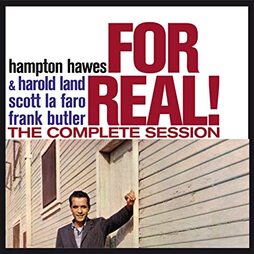
His churchy, neo-bop style influenced many East Coast pianists and extended the jazz piano lexicon beyond premier bop pianist Bud Powell.
Two more Contemporary albums--The Poll Winners, with Barney Kessel (guitar), Ray Brown (bass), and Shelly Manne (drums), and Grooveyard, with the Harold Land Quintet—also received five-star awards in DownBeat. Truly, 1958 was Contemporary’s year.
In the DownBeat Critics Poll that year, West Coast or cool school musicians still ranked highly—Jimmy Giuffre (#2 combo), Gerry Mulligan (#1 baritone saxophone), Stan Getz (#1 tenor saxophone), Lee Konitz (#1 alto saxophone), Shelly Manne (#1 drums), Barney Kessel (#1 guitar), and Tony Scott (#1 clarinet). The year-end Readers Poll showed little difference, except that cool-schooler Paul Desmond inched out Konitz on alto saxophone.
And it bears mentioning that the first Monterey Jazz Festival was held in 1958—the West Coast answer to the Newport Jazz Festival, which began in 1953.
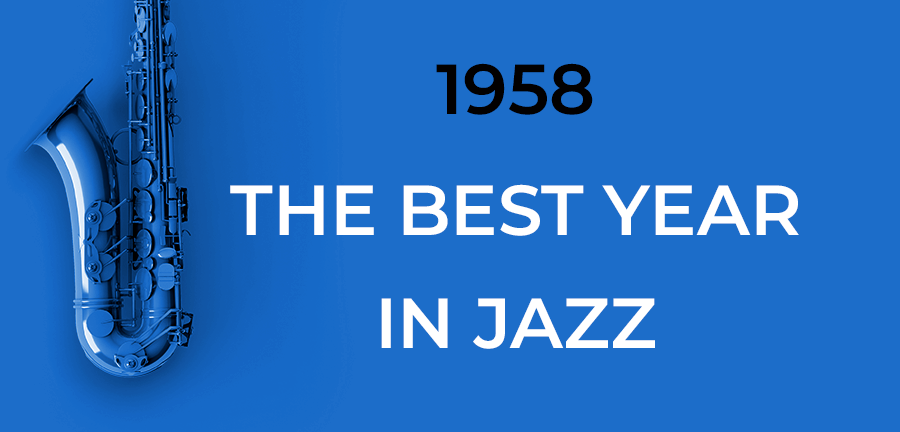
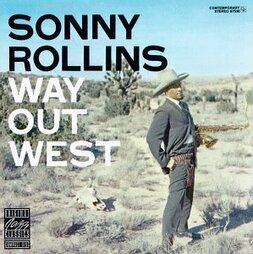
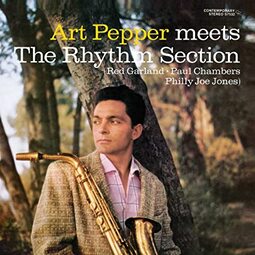
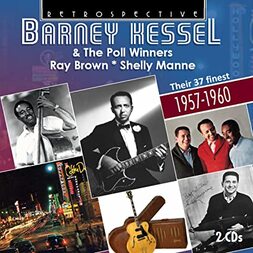
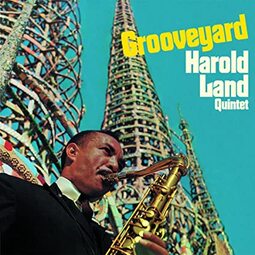
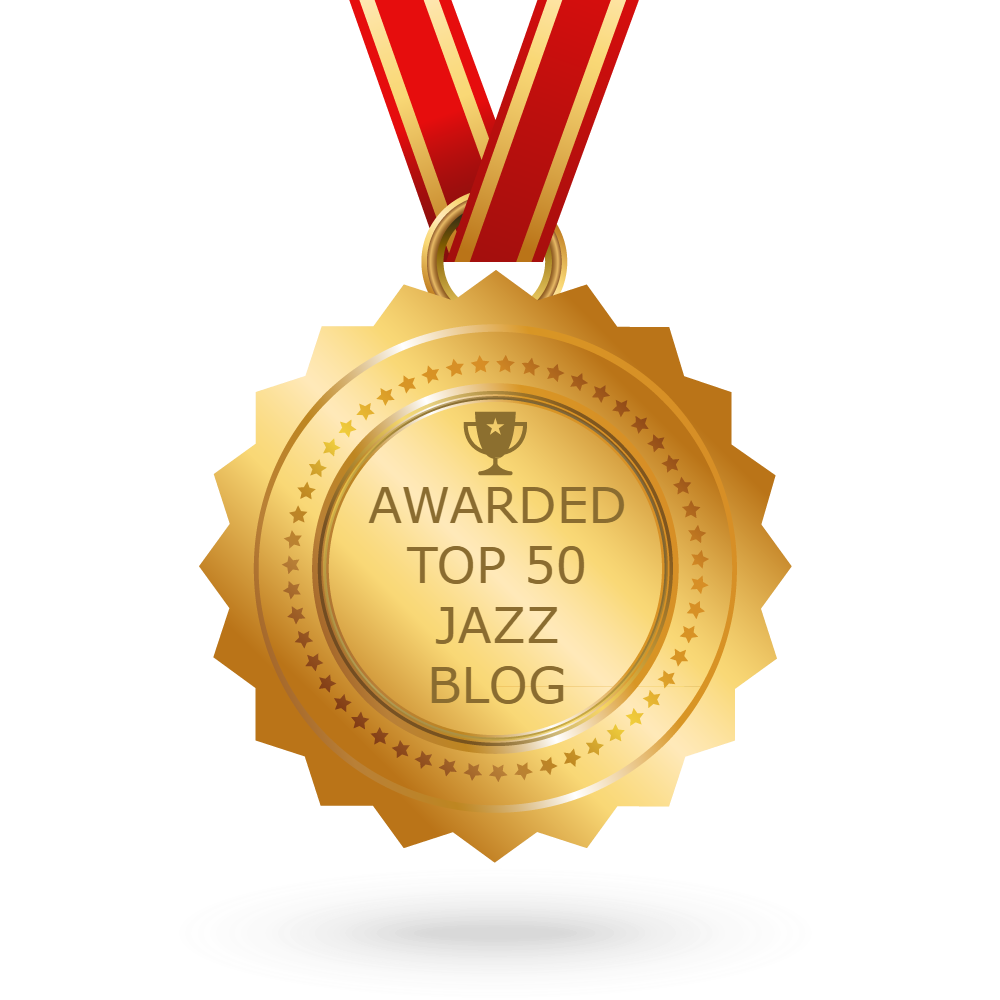
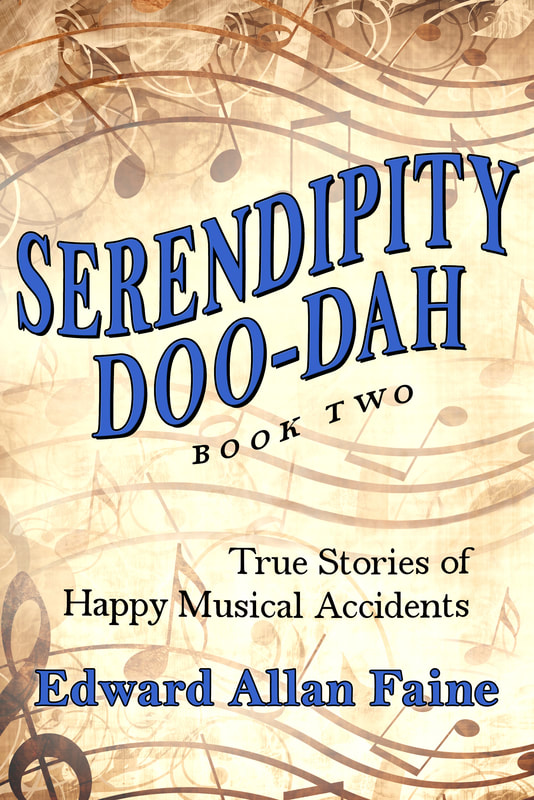
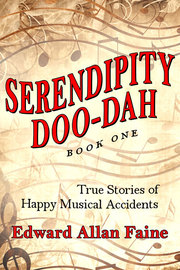
 RSS Feed
RSS Feed